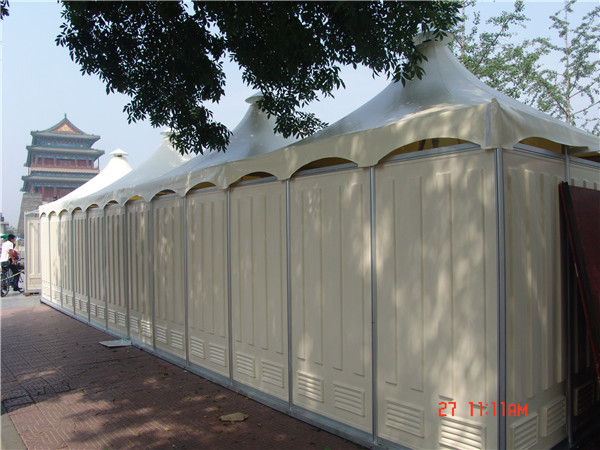paź . 07, 2024 10:42 Back to list
waste pipe fittings
Understanding Waste Pipe Fittings An Essential Guide
Waste pipe fittings play a crucial role in plumbing systems, particularly in waste management. These fittings are designed to connect different segments of plumbing components, allowing for the efficient movement of wastewater away from homes and buildings. With proper installation and selection, they can significantly enhance the longevity and performance of the plumbing system.
What Are Waste Pipe Fittings?
Waste pipe fittings are specialized components used to connect pipes that carry waste fluids, typically from sinks, showers, toilets, and appliances like dishwashers and washing machines. These fittings come in various shapes and sizes, including elbows, tees, couplings, and traps, each serving specific functions within the waste system.
1. Elbows These are used to change the direction of the piping, typically at 90 or 45 degrees. They are essential for navigating around obstacles and ensuring smooth flow without causing blockages.
2. Tees These fittings allow for the branching of pipes; they are shaped like the letter 'T' and can connect three sections of piping, facilitating the distribution of wastewater.
3. Couplings Used to connect two pieces of pipe, couplings come in different materials such as PVC, ABS, and metal, ensuring a tight seal and preventing leaks.
4. Traps A critical component designed to hold a small amount of water, traps prevent sewer gases from escaping into living areas. They are commonly found under sinks and in toilet systems.
waste pipe fittings

Materials Used in Waste Pipe Fittings
The choice of material for waste pipe fittings is vital for durability and performance. Common materials include
- PVC (Polyvinyl Chloride) Widely used due to its affordability, ease of installation, and resistance to corrosion and chemical damage. - ABS (Acrylonitrile Butadiene Styrene) Known for its impact resistance and lower temperature performance, ABS is often used for drain, waste, and vent systems. - Metal Copper and brass fittings can be more expensive but are favored for their strength and resistance to high temperatures and pressures.
Installation and Maintenance
Proper installation of waste pipe fittings is crucial to prevent leaks and clogs. It's recommended to follow local plumbing codes and best practices to ensure a safe and effective setup. Regular maintenance, including inspecting fittings for signs of wear, can prolong the system's life and efficiency.
Conclusion
In summary, waste pipe fittings are indispensable in any plumbing system, contributing to the effective management of wastewater in homes and commercial establishments. Understanding their types, materials, and installation processes is vital for homeowners and professionals alike. By ensuring that these components are properly chosen and maintained, one can enjoy a reliable and efficient plumbing system for years to come.
-
Durable PP Rigid Sheet: Lightweight, Chemical Resistant Solutions
NewsAug.21,2025
-
PVC Grey Sheet for Extraction: Chemical Resistant & Durable
NewsAug.19,2025
-
Durable PVC Pipe Fittings for Plumbing & Irrigation Needs
NewsAug.18,2025
-
HDPE Steel Belt Reinforced Spiral Corrugated Pipe | High Strength
NewsAug.17,2025
-
HDPE Pipe Fittings: Durable, Leak-Proof Solutions
NewsAug.16,2025
-
Premium CPVC Sheet: High-Temp & Chemical Resistant Solutions
NewsAug.15,2025

